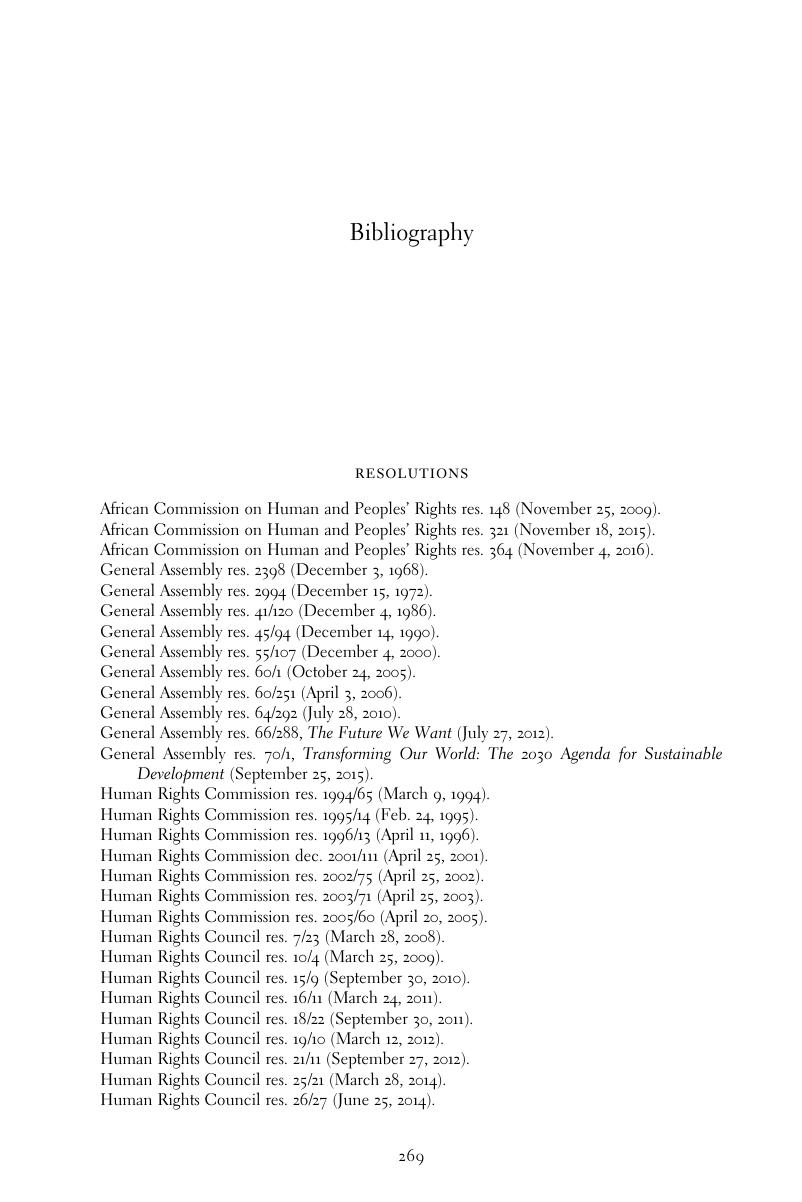Book contents
- The Human Right to a Healthy Environment
- The Human Right to a Healthy Environment
- Copyright page
- Contents
- Contributors
- Table of Cases
- Table of Treaties and Other International Instruments
- 1 Introduction
- 2 Catalyst for Change
- 3 Learning from Constitutional Environmental Rights
- 4 The Right to a Satisfactory, Healthy, and Sustainable Environment in the African Regional Human Rights System
- 5 The European Court of Human Rights and International Environmental Law
- 6 Complexities and Uncertainties in Matters of Human Rights and the Environment
- 7 Reasoning Up
- 8 In Search of a Right to a Healthy Environment in International Law
- 9 A Human Right to a Healthy Environment?
- 10 Quality Control of the Right to a Healthy Environment
- 11 The Politics of Human Rights, the Environment, and Climate Change at the Human Rights Council
- 12 The Malé Formulation of the Overarching Environmental Human Right
- 13 Human Rights in the Climate Change Regime
- 14 The Right to a Healthy Environment and Climate Change
- Bibliography
- Index
- References
Bibliography
Published online by Cambridge University Press: 08 June 2018
- The Human Right to a Healthy Environment
- The Human Right to a Healthy Environment
- Copyright page
- Contents
- Contributors
- Table of Cases
- Table of Treaties and Other International Instruments
- 1 Introduction
- 2 Catalyst for Change
- 3 Learning from Constitutional Environmental Rights
- 4 The Right to a Satisfactory, Healthy, and Sustainable Environment in the African Regional Human Rights System
- 5 The European Court of Human Rights and International Environmental Law
- 6 Complexities and Uncertainties in Matters of Human Rights and the Environment
- 7 Reasoning Up
- 8 In Search of a Right to a Healthy Environment in International Law
- 9 A Human Right to a Healthy Environment?
- 10 Quality Control of the Right to a Healthy Environment
- 11 The Politics of Human Rights, the Environment, and Climate Change at the Human Rights Council
- 12 The Malé Formulation of the Overarching Environmental Human Right
- 13 Human Rights in the Climate Change Regime
- 14 The Right to a Healthy Environment and Climate Change
- Bibliography
- Index
- References
Summary

- Type
- Chapter
- Information
- The Human Right to a Healthy Environment , pp. 269 - 284Publisher: Cambridge University PressPrint publication year: 2018

